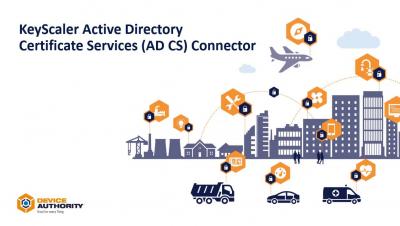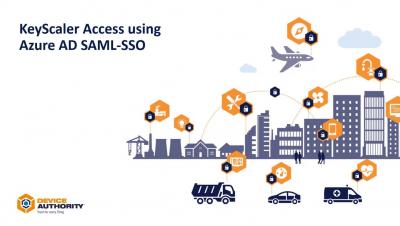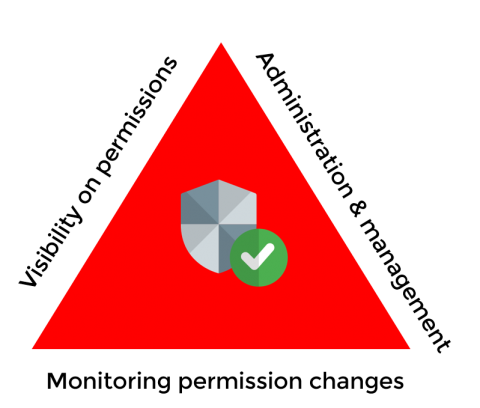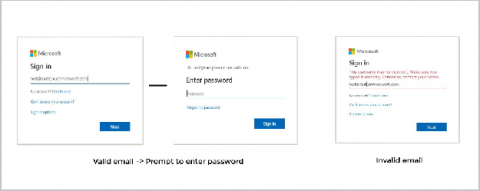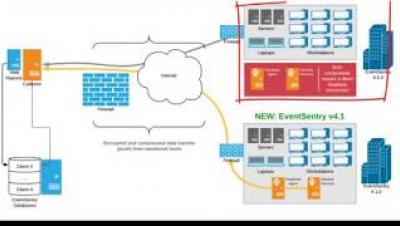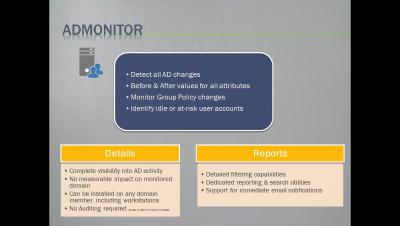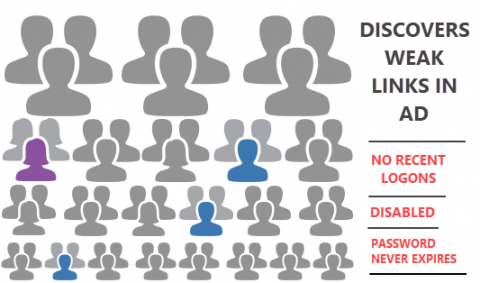The LLMNR/NBT-NS strike
Link-Local Multicast Name Resolution (LLMNR) and NetBIOS Name Service (NBT-NS) are two protocols that are used to identify a host address on a network when the DNS name resolution, which is the conventional method, fails to do so. When a DNS server is unable to resolve a request from a requester machine, the latter broadcasts a message to its peer computers asking for the location of the required server. Hackers leverage this operation to steal the credentials of the requester machine.




